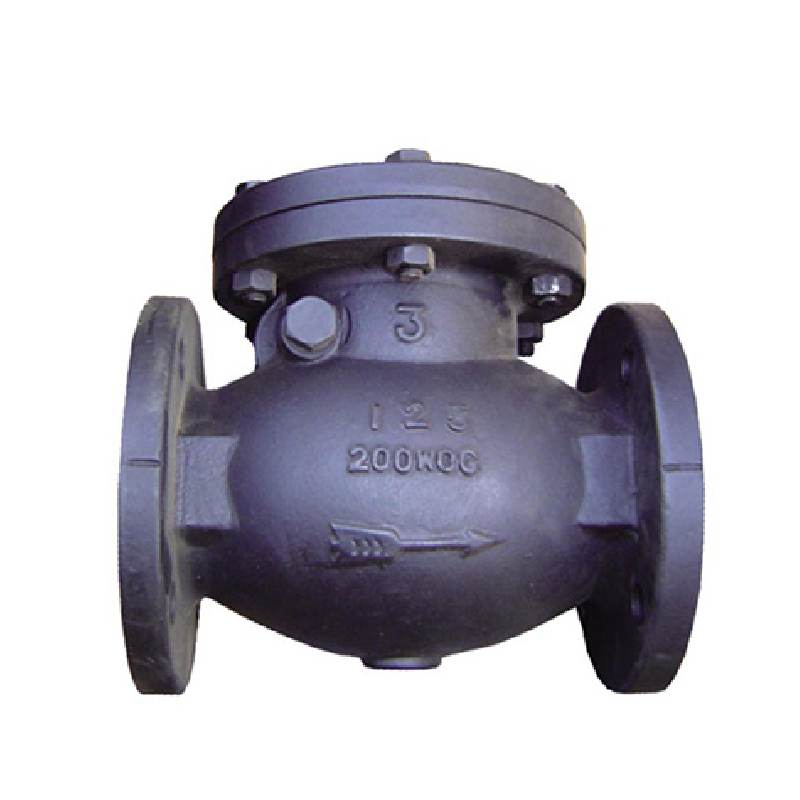Dec . 04, 2024 09:07 Back to list
check valve with counterweight
Check Valve with Counterweight An Overview
Check valves are crucial components in various fluid systems. They primarily function to prevent backflow, ensuring that fluids move in a designated direction. Amid the various designs of check valves, the check valve with a counterweight stands out. This innovative mechanism enhances the performance and reliability of traditional check valves, making them indispensable in many industrial applications.
Understanding the Check Valve
At its core, a check valve operates on a simple principle it allows fluid to flow in one direction while simultaneously preventing it from flowing backward. This function is vital in maintaining system integrity, especially in pipelines carrying liquids or gases under pressure. The typical construction of a check valve involves a valve body, a disc, and a seat. When the fluid flows in the designated direction, the disc is pushed away from the seat, allowing for free passage. However, if the fluid attempts to flow back, the disc is forced against the seat, creating a seal that prevents reverse flow.
The Role of Counterweights
The addition of a counterweight to a check valve alters its mechanics, significantly improving its efficiency and response time. A counterweight is a mass that balances another object—in this case, the disc of the check valve. When fluid pressure opens the valve, the counterweight aids in quickly raising the disc, allowing for minimal resistance against the flow. Conversely, when fluid motion attempts to reverse, the counterweight helps the disc return swiftly to its seated position, enhancing the sealing effect.
Advantages of Check Valves with Counterweights
1. Improved Response Time One of the significant benefits of check valves equipped with counterweights is their enhanced response time. This design allows for rapid opening and closing actions, which is critical in systems where pressure fluctuations can occur suddenly. The counterweight mechanism ensures that the valve responds effectively to changes in fluid dynamics.
2. Reduced Wear and Tear The swift operation of the counterweighted check valve minimizes the wear and tear associated with conventional designs. Since the valve does not have to rely solely on fluid flow to close, the mechanical action is less taxing. This leads to longer service life and less frequent maintenance.
3. Energy Efficiency By improving the responsiveness of the valve, counterweights also contribute to energy efficiency. Less energy is expended in overcoming resistance within the valve, allowing more efficient fluid transfer through the system.
check valve with counterweight

4. Versatility These valves can be used in various applications, including water treatment facilities, HVAC systems, and chemical processing plants. Their adaptability makes them suitable for both high and low-pressure environments, further broadening their industrial application scope.
5. Enhanced Safety Backflow can pose significant risks, especially in pressurized systems or where hazardous materials are involved. Counterweighted check valves provide a robust solution to mitigate the risk of backflow incidents, enhancing overall system safety.
Considerations for Implementation
While counterweighted check valves offer distinct advantages, there are several considerations to keep in mind during implementation
- System Design The integration of a counterweighted check valve should align with the overall design of the fluid system. Factors such as flow rates and pressure levels must be carefully analyzed to ensure compatibility.
- Regular Maintenance Although these valves are designed to reduce wear, regular inspections and maintenance are still essential. Checking for any potential issues like corrosion or material fatigue will help ensure optimal performance.
- Cost Counterweighted check valves may have a higher initial cost compared to standard models. However, the long-term benefits associated with durability and reduced maintenance can justify the investment.
Conclusion
In conclusion, check valves with counterweights offer significant advantages over traditional designs, including improved response times, reduced wear, energy efficiency, versatility, and enhanced safety. As industries continue to evolve, the demand for reliable and efficient fluid management systems grows. Implementing advanced components like counterweighted check valves can lead to more effective operations, ultimately driving success across various sectors. Understanding these valves' mechanics and benefits is essential for engineers and decision-makers looking to enhance their fluid systems' reliability and performance.
Share
-
Advanced Technology in Wire and Cable FactoryNewsAug.19,2025
-
Applications of Ball Check Valve in Water Treatment PlantsNewsAug.19,2025
-
How Osy Gate Valve Ensures Leak - Tight SealingNewsAug.19,2025
-
Selection Criteria for Wafer Type Butterfly ValveNewsAug.19,2025
-
Threaded Ball Valve Pressure RatingsNewsAug.19,2025
-
Y Strainer PN16 Cost - Effectiveness AnalysisNewsAug.19,2025


